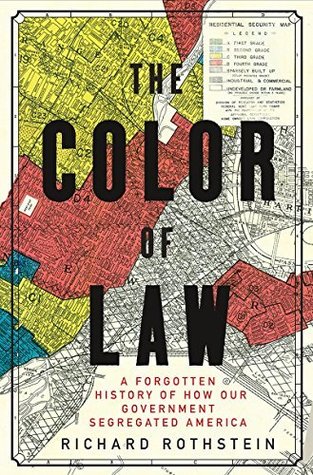More on this book
Community
Kindle Notes & Highlights
Read between
February 12 - March 3, 2022
until the last quarter of the twentieth century, racially explicit policies of federal, state, and local governments defined where whites and African Americans should live.
With less inherited wealth, African Americans today are generally less able than their white peers to afford to attend good colleges.
Zoning thus had two faces. One face, developed in part to evade a prohibition on racially explicit zoning, attempted to keep African Americans out of white neighborhoods by making it difficult for lower-income families, large numbers of whom were African Americans, to live in expensive white neighborhoods. The other attempted to protect white neighborhoods from deterioration by ensuring that few industrial or environmentally unsafe businesses could locate in them.
The consequences of racially targeted subprime lending continue to accumulate.
Ending segregation in housing, however, is much more complicated. Prohibiting discrimination in voting and restaurants mostly requires modifying future behavior. But ending de jure segregation of housing requires undoing past actions that may seem irreversible.
Gentrification of private housing in urban areas, redevelopment projects, and highway routing have forced low-income and minority families to search for new accommodations in a few inner-ring suburbs that are in transition from white to majority minority.
AS A NATION, we have paid an enormous price for avoiding an obligation to remedy the unconstitutional segregation we have allowed to fester.
Racial polarization stemming from our separateness has corrupted our politics, permitting leaders who ignore the interests of white working-class voters to mobilize them with racial appeals.


